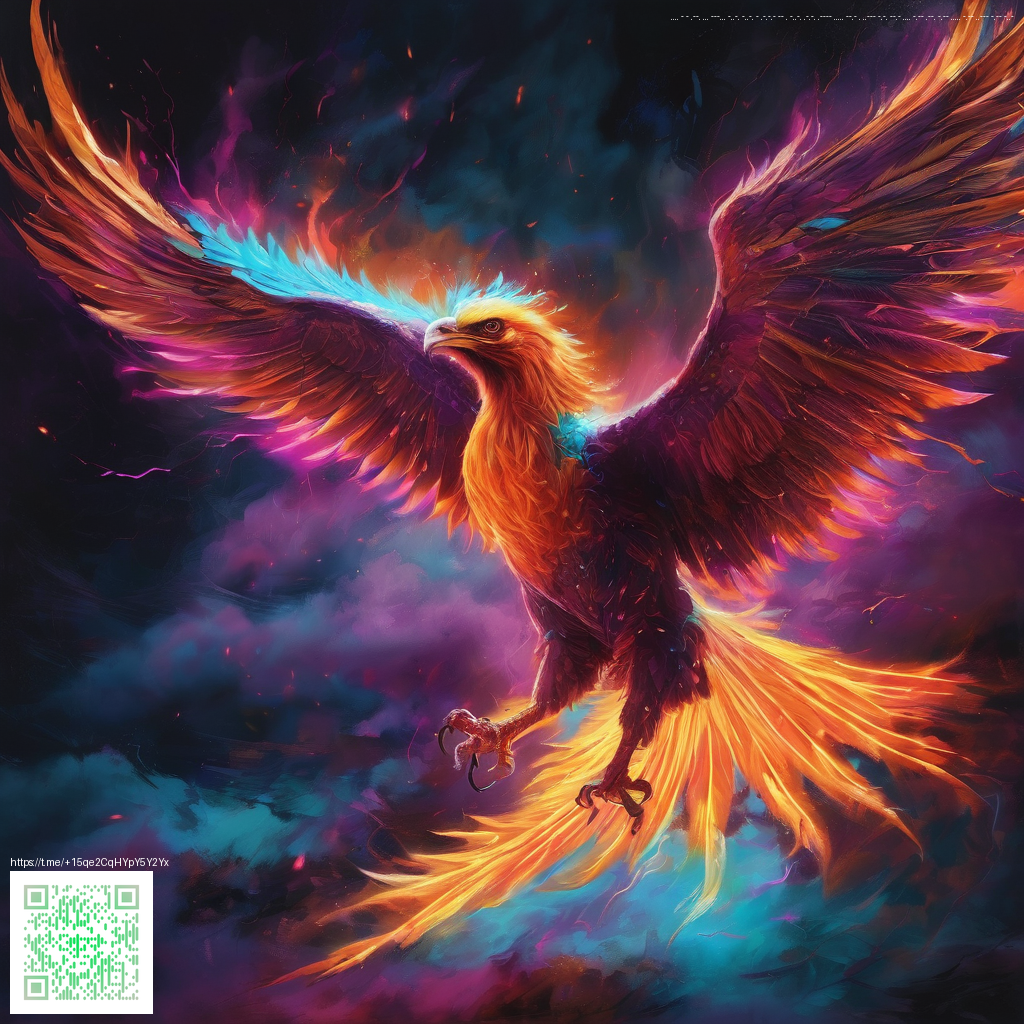
Production hurdles and takeaways for mobile game design
In the early days a small team tackled a bold idea that captured a broad audience. The objective was to deliver a playful physics driven puzzle across phones and tablets with a single intuitive control scheme. The crew faced tight timelines, limited device memory, and the challenge of making a game feel responsive across a wide range of hardware. The result became a household name that reshaped how publishers think about approachable gameplay on mobile.
Platform fragmentation and performance emerged as the core battles. The crew built on a widely used physics engine to keep the core feel consistent while porting to iOS and Android. Androids vast landscape of devices meant memory constraints and GPU differences required careful tuning. Early builds sometimes strained to maintain smooth physics while preserving art fidelity. Engineers profiled frames per second, reduced texture resolution on older devices, and simplified collision checks to keep the experience snappy 💠.
Platform hurdles and engine choices
The choice of a versatile physics toolkit allowed the team to iterate quickly on puzzles that hinged on momentum and collision timing. Yet platform constraints forced smart decisions around assets and rendering. The pipeline needed to compress art assets efficiently while maintaining bright visuals that read well on small screens. The result was a game that scaled gracefully from a compact phone to larger tablets without sacrificing the tactile punch of the slingshot mechanic. The engineering discipline during this period became a blueprint for future mobile ports 🌑.
Design decisions that shaped the experience
The central mechanic revolves around a simple yet compelling pull and release action. The team experimented with a growing cast of birds and evolving puzzle triggers to maintain momentum and curiosity. Level design prioritized learning by doing, letting players test an idea and immediately see the consequences. The art style stayed compact and vivid, enabling a large library of stages without overwhelming device storage or loading times. The design ethos balanced immediacy with depth, inviting both quick sessions and long play sessions 🚀.
Updates that kept the community engaged
After launch the cadence of updates became a lifeline for long term engagement. New chapters introduced fresh puzzle mechanics and introduced new character dynamics that shifted how players approached a given challenge. Bug fixes and performance improvements rode alongside new content, keeping players invested while the team refined the underlying systems. The data driven approach guided difficulty pacing and helped prevent early burnout while still rewarding experimentation, which in turn fed back into a thriving community of level builders and fans.
Technical debt and art pipeline
As content grew the team confronted technical debt from rapid iteration. They tightened the art pipeline to ensure asset creation stayed aligned with performance goals. Small changes to textures or collision shapes could ripple through the frame rate, so they established guardrails for asset budgets and re used art across multiple chapters. This discipline paid off when new devices arrived and allowed the team to extend content without a painful rework. The lesson here is clear flexible pipelines retain resilience across device generations.
Community and modding culture
Even with official channels in place the community built a vibrant ecosystem of fan level packs and custom challenges. Enthusiasts shared techniques for constructing puzzles that felt fair yet surprising and they explored optimization tricks for different hardware configurations. The culture around user created content accelerated feedback and inspired iterative improvements in design, balance, and pacing. Modders proved that passionate players can extend a title well beyond its initial liftoff and keep the buzz alive across years 🌟.
Lessons that travel beyond a single title
From this journey come several portable truths for mobile production. Start with a lean core loop that scales as content expands. Invest in a flexible engine and a robust asset pipeline so future updates do not become a resource drain. Test the core mechanic with a diverse audience early and often to learn what resonates. Pair a clear monetization approach with regular updates to sustain momentum without compromising quality. Above all keep the experience tactile and joyful so players feel the physics in their fingertips 💫.
We blend hands on engineering with a culture of rapid iteration says a Rovio veteran who worked on the project. The balance between polish and speed was essential to delivering a product that could live across many devices and lifecycles
The outcome demonstrates how a compact team can influence how mobile games are designed and deployed. The practical lessons about performance optimization, content cadence, and community engagement still shape how studios approach cross platform development today. The story stands as a testament to embracing constraints as an engine of creativity rather than a hurdle to progress.
Support a Decentralized Internet